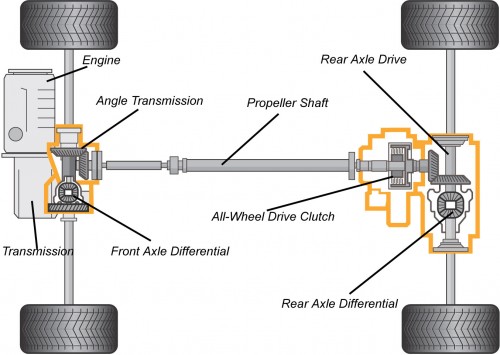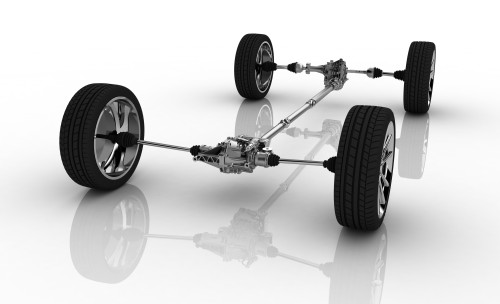The last time my Wife was shopping for a car she was looking at a lot of different brands and models trying to size up exactly what she wanted. She was thinking one possibility was a red convertible with leather interior, and so we went and test drove a variety of models that offered this combination, or as close to it as we could find.
As we waiting for the Sales Person to grab the keys for one test drive I explained that the vehicle we were about to drive was Front Wheel Drive (FWD). My Wife asked, “Why are you telling me that; Do I care?”
This gave me pause.
To me, the fact that this car was FWD meant that it would not corner or accelerate as well as a similar Rear-Wheel Drive (RWD) car. Further, it also meant that the car was not intended for a ‘serious’ car enthusiast / driver, but was being marketed or targeted for the features offered and not as a driver’s car. On the other hand, a FWD vehicle can be very good in the snow or weather. So one might choose a FWD performance car if one lived in parts of the country that get a lot of snow or harsh weather.
However, my Wife never plans to drive the car on the track. If the wheels are screeching around a corner she will likely just slow down. She probably prefers understeer to oversteer, for the same reason many manufacturers tune their cars to understeer — it gives the driver time to react and slow down, even if at the same time it tends to give up a bit of speed through the corner. The fact that the car does 0-60 in 0.5 seconds less or more is immaterial in her weighing of the virtues of a car. A very detailed argument on weight transfer under heavy acceleration being advantageous to a RWD car and disadvantageous to a FWD car would bore her. And I paused in my response because it occurred to me, weighing these fact, that perhaps she did not care.
I think that BMW and I were very surprised recently to find that 80% of buyers of the rear-wheel drive 1-Series BMW think that the 1-Series incorrectly believe the 1-Series is FWD. This reminded me of my Wife’s question. Many buyers may not care that a car is FWD or RWD, only that it has the nameplate and features for the price range they are shopping. I would have guessed that all BMW drivers were technically oriented, and were buying their BMW because of its driving and handling characteristics, and because it was a RWD performance sedan. Not so apparently.
I am very glad that Cadillac went to RWD cars for the CTS family. There is something re-assuring to me about the dynamics of a RWD car when cornering, and about the packaging of the engine longitudinally under the hood, with better associated engine access. I am interested in how the new XTS does, and I am willing to believe that AWD can be a viable approach given tuning that allows a high percentage of torque to be vectored to the rear wheels when needed. But I continue to believe that the best performance in acceleration and cornering will be available from a RWD configuration, and I am glad that Cadillac continues to offer RWD luxury performance sedans.





